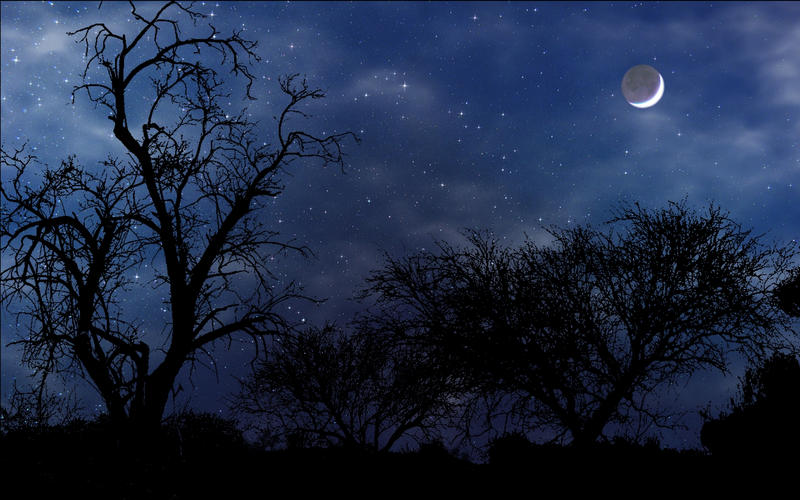This is a Clilstore unit. You can .

In this lesson you will learn more things about our planet: the Earth.  ACTIVITY 1: EXPERIMENT. Which is the structure of the Earth?
ACTIVITY 1: EXPERIMENT. Which is the structure of the Earth?
First of all, you will discover that the Earth is made of layers, somewhat similar to a hard-boiled egg.
CRUST - MANTLE - CORE
 ACTIVITY 2: BRAINSTORMING. What we know about day and night?
ACTIVITY 2: BRAINSTORMING. What we know about day and night?
Look at the following pictures and describe them in pairs. The following questions may help you.
• How do we know it is day? What might we see if it is day?
• How do we know it is night? What might we see if it is night?


Then, write your facts down in a T-CHART.
| DAY | NIGHT |
![]() ACTIVITY 3: LISTENING TASK. Listen and watch carefully the following video about rotation and revolution Earth's movements.
ACTIVITY 3: LISTENING TASK. Listen and watch carefully the following video about rotation and revolution Earth's movements.
Then, pair up and complete the following table about what you have watched using the above statements.
| MOVEMENTS OF THE EARTH | THE EARTH ROTATES | THE EARTH REVOLVES | IT TAKES | IT CAUSES |
- Earth takes one year and six hours to complete one orbit.
- The Earth rotates on its axis
- Earth takes one day or twenty-four hours to complete one rotation.
- The Earth's revolution causes the seasons.
- The Earth's rotation causes day and night.
- The Earth has a revolution movement.
- The Earth rotates constantly and in the same direction, that’s why the Sun always rises in the east and sets in the west.
- It is day on the part of the Earth facing the Sun.
- The Earth has a rotation movement.
- The Earth revolves around the Sun.
- It is night on the part facing away from the Sun.
 ACTIVITY 4: SPEAKING TASK. Interaction
ACTIVITY 4: SPEAKING TASK. Interaction
In pairs, practise the following questions using the table you have just completed.
Student 1: - How does the Earth move?
Student 2: - How does the Earth move when it is rotating?
Student 1: - How does the Earth move when it is revolving around the Sun?
Student 2: - How much time does it take for the Earth to rotate one time?
Student 1: - How much time does it take for the Earth to orbit the Sun one time?
Student 2: - What does rotation cause?
Student 1: - What does revolution cause?
![]() ACTIVITY 5: Review exercises
ACTIVITY 5: Review exercises
In order to practice a bit more about the topic of the lesson, make a Fill-in-the-blank activity and the following Worksheet.
![]() ACTIVITY 6: PERFORMANCE TIME!
ACTIVITY 6: PERFORMANCE TIME!
Once you have understand and learnt which are the Earth's movements, let's show it! Make groups of three people because each one will should take the role of the Earth, Sun and Moon and invent a short choreography with or without lyrics to perform the rotation and revolution movements of the Earth. You can take as an example the following video. Have fun!
 ACTIVITY 7: CHECK YOUR KNOWLEDGE
ACTIVITY 7: CHECK YOUR KNOWLEDGE
Now, you should be an expert about the Earth. So, it is time to check what you really know. Make the quiz and share your results with your classmates.
Short url: https://clilstore.eu/cs/3761